6 Astringent Infusions for Diarrhea


Reviewed and approved by the pharmacist Franciele Rohor de Souza
The use of astringent infusions as a complement to calm diarrhea continues to be used. Even though it’s important to establish the cause of this problem in order to manage it properly, some plants help to accelerate the recovery process.
In particular, they’re useful to treat fluid and mineral loss, regulate secretions and promote good intestinal function. This is largely due to their contribution of phenolic compounds, tannins, and antimicrobial substances that contribute to the balance of the digestive function.
Which are the most recommended? Find out!
How do astringent infusions work to soothe diarrhea?
First of all, we need to know how astringent infusions work to relieve diarrhea. An astringent refers to a substance capable of toning or tightening tissue. In this particular case, plant compounds reduce irritation in the intestinal tissue, toning it and providing a protective effect against pathogens.
In turn, they slow bowel movements and decrease the frequency and volume of bowel movements. In this regard, an article published in Pharmacognosy Magazine explains that polyphenols – and especially tannins – are mainly responsible for the astringency of herbs. Thus, it’s advisable to choose ones with an abundant supply of these substances.
The role of tannins in the management of diarrhea
Tannins are water-soluble phenolic compounds characterized by their astringent, anti-inflammatory, and antioxidant action. As detailed in a publication in Biomolecules, their main function is to protect plants against insect and fungal attack.
In addition, it’s the component that produces that bitter taste and that rough, dry sensation when tasting certain fruits and herbs. As far as medicinal effects are concerned, they’re known for their action against diarrhea. As they have the ability to dry and deflate mucous secretions, bowel movements tend to be reduced.
For this reason, they’re now used in the manufacture of anti-diarrhea supplements. A study shared through the Revista Española De Enfermedades Digestivas reported that gelatin tannate – a tannin-based supplement – helped reduce the consistency and number of stools in children with acute diarrhea.
You may be interested in: 3 Carrot Remedies to Treat Diarrhea
What are the most recommended astringent infusions for diarrhea?
The consumption of astringent infusions can improve symptoms in cases of acute diarrhea. For severe episodes, or if accompanied by symptoms such as fever, vomiting, and weakness, it’s best to see a doctor.
The PeaceHealth health information library notes that the most commonly used herbs for diarrhea due to their tannin content and astringent action are the following:
- Blackberry leaves and roots
- Blueberry leaves
- Red raspberries
It also mentions other options, such as chamomile, geranium, and carob. And what function do they exert in the body? Is there evidence about their effects? Let’s see in detail what science says and how they are prepared.
1. Blackberry leaves or roots
The blackberry, whose scientific name is Rubus fruticosus, is a plant known for its abundant content of tannins, gallic acid, vitamin C, pectin, and iron. A publication reported through Pharmacognosy Reviews details that its roots, in particular, have been used as an adjuvant against diarrhea.
In addition, through the journal Molecules, it was reported that the root bark and leaves of this plant have astringent potential, which gives it antidiarrheal properties.
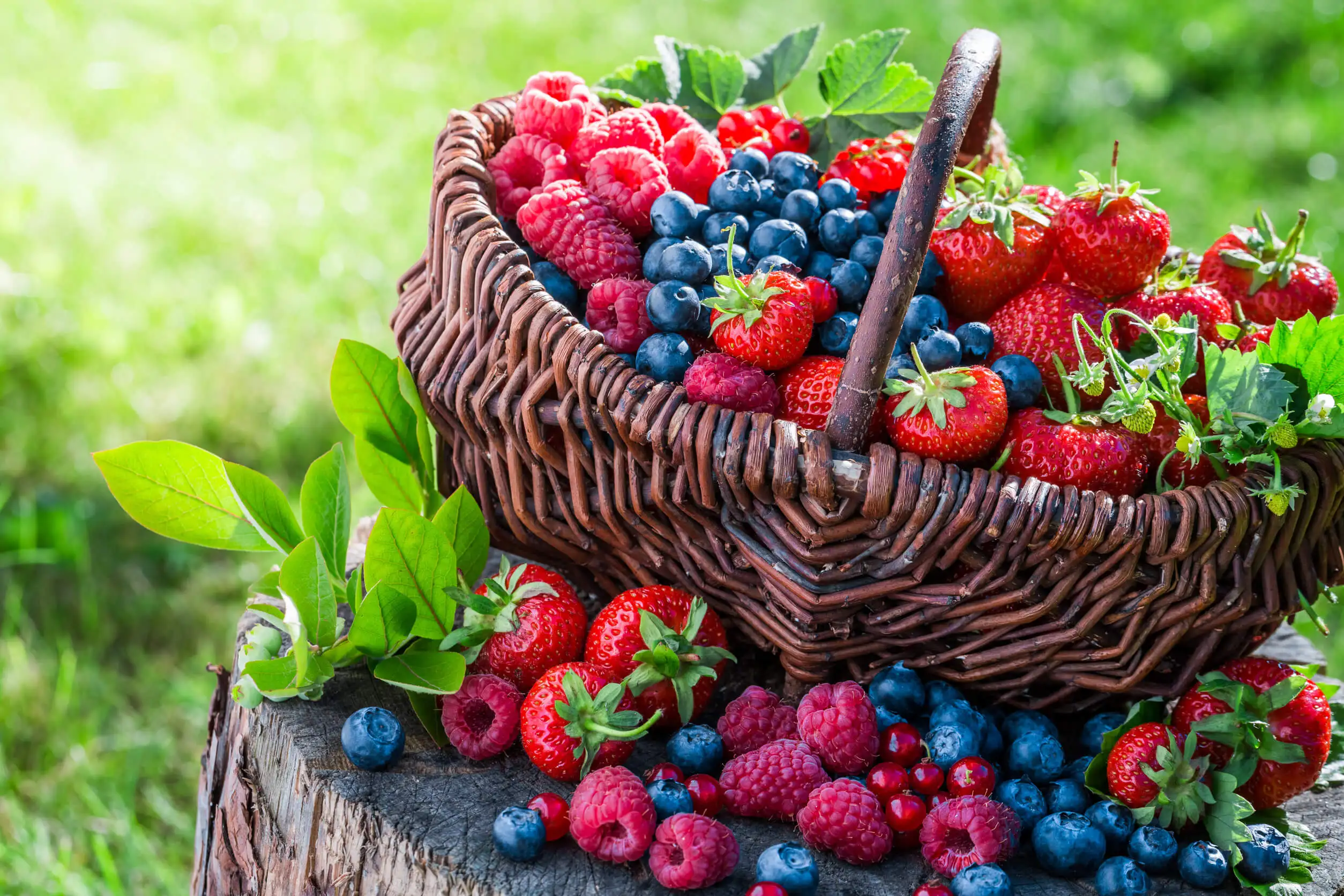
Ingredients
- 1 tablespoon of blackberry leaves or root (10 grams)
- 2 cups of water (500 milliliters)
Instructions
- Put the leaves or blackberry root in a pot of boiling water
- Cover it and let it steep for 10 to 15 minutes
- Then, filter it with a strainer and consume it
- Drink 2 or 3 cups a day
2. Blueberry leaves
A study shared via Frontiers in Pharmacology details that both the leaves and fruits of blueberries (V. myrtillus) are abundant in tannins. In fact, the entire Vaccinium genus is recognized for this quality.
It’s estimated that up to 10% of the leaves contain this substance. Hence its astringent and antidiarrheal properties.
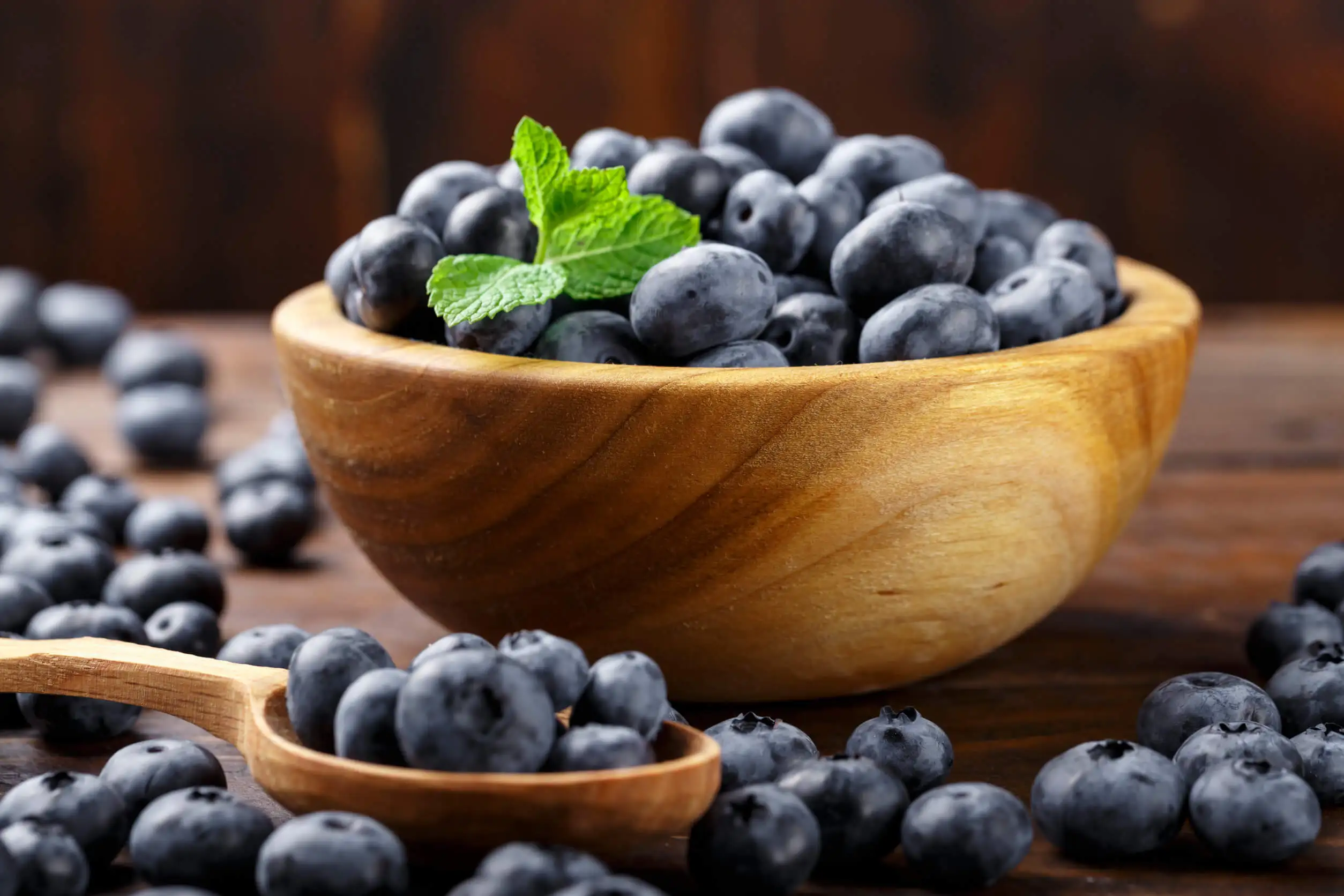
Ingredients
- 1 tablespoon of crushed blueberry leaves (10 grams).
- 2 cups of water (500 milliliters).
Instructions
- Put the blueberry leaves in a pot with two cups of water
- Let it boil over a low heat for 5 minutes and remove
- Let the infusion rest for 10 minutes and pass it through a strainer
- Drink 2 cups a day until you feel an improvement
3. Red raspberry leaves
Red raspberry leaves (Rubus idaeus) are used in traditional medicine to reduce abdominal bloating and diarrhea. A publication in the journal Antioxidants recognizes their potential to soothe symptoms of mild diarrhea.
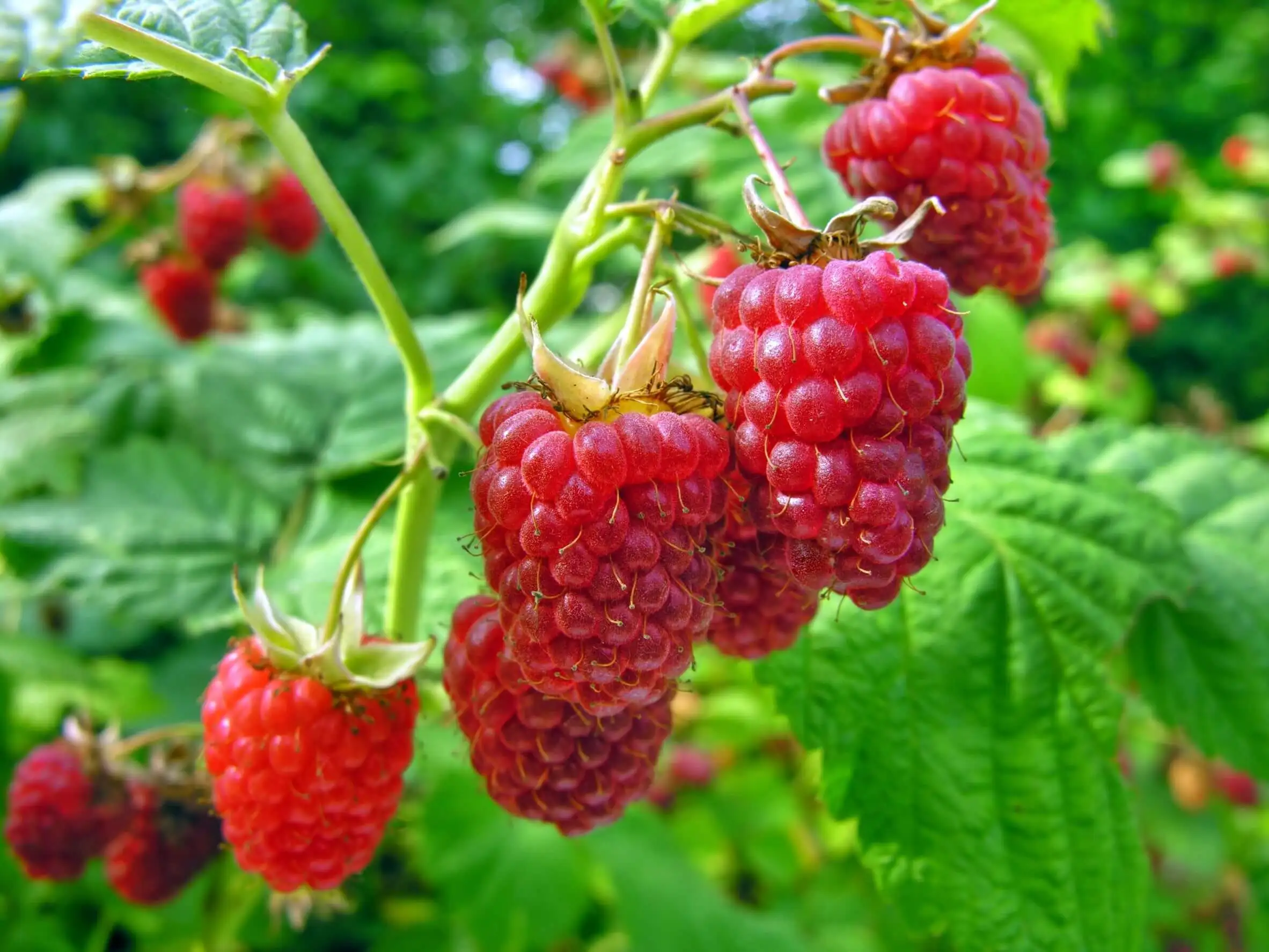
Ingredients
- 1 tablespoon of red raspberry leaves (10 grams).
- 2 cups of water (500 milliliters).
Instructions
- Bring the water to the boil and then add the raspberry leaves.
- Let the infusion steep for 10 minutes and filter it through a strainer.
- Drink 2 or 3 cups a day until you get relief.
4. Chamomile
One of the most popular astringent teas is chamomile. A compilation of studies reported in Molecular Medicine Reports states that its high content of flavonoids and terpenoids favors the relief of gastrointestinal disorders.
A study on rats shared in the Journal of Ethnopharmacology reported that this plant has anti-diarrheal and antioxidant properties. While human clinical trials are needed, these findings suggest that the plant has potential against this digestive problem.
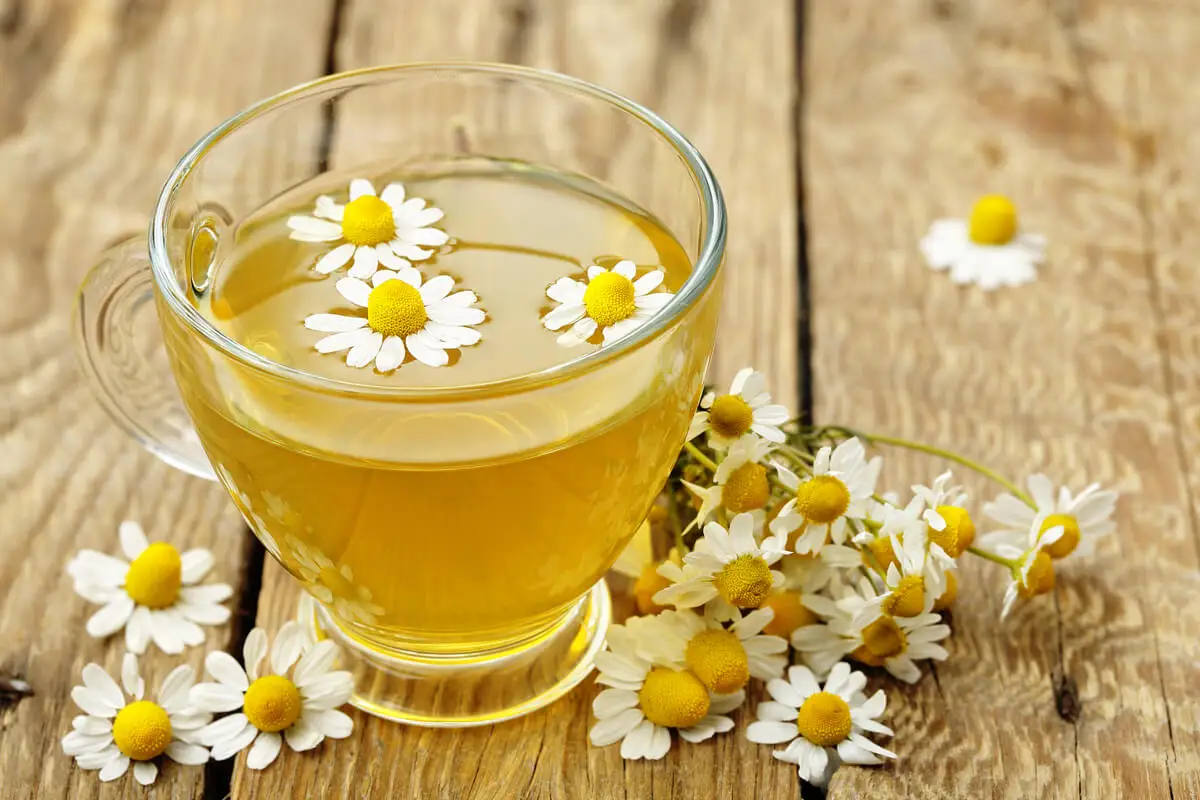
Ingredients
- 1 tablespoon of dried chamomile (10 grams).
- 1 cup of water (250 milliliters).
Instructions
- Pour the dried chamomile into a cup of boiling water.
- Cover the drink and let it steep for 10 minutes.
- After that time, filter it through a strainer and drink it.
- Repeat 2 or 3 times a day if symptoms persist.
5. Geranium
In traditional medicine, geranium is a known astringent and soothing for digestive disorders. In particular, its infusion is used to stop episodes of diarrhea and counteract the loss of fluids and mineral salts.
In this regard, an animal study found that geranium leaf extract has anti-diarrheal and anti-propulsant properties, attributed to its tannin content.
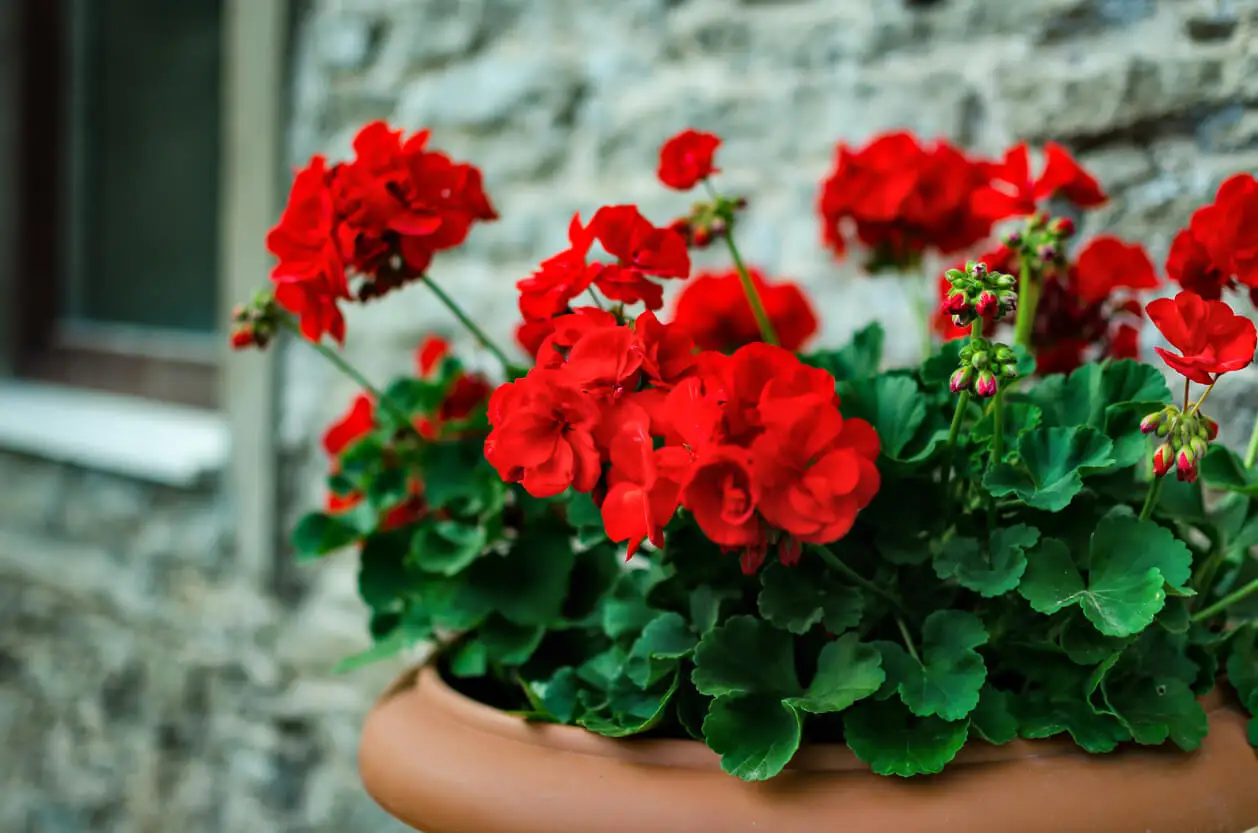
Ingredients
- 1 tablespoon of geranium leaves (10 grams).
- 2 cups of water (250 milliliters).
Instructions
- Pour the dried geranium into a cup of boiling water.
- Cover the infusion and let it steep for 10 minutes.
- Then filter and consume.
- If diarrhea persists, drink up to 2 cups a day.
6. Carob
An astringent and anti-inflammatory infusion can be prepared from the bark of carob, ideal to help relieve diarrhea and inflammations in the gastrointestinal tract. A publication in the International Journal of Molecular Sciences details that ripe carob pods contain tannins, an active compound that helps calm diarrhea.
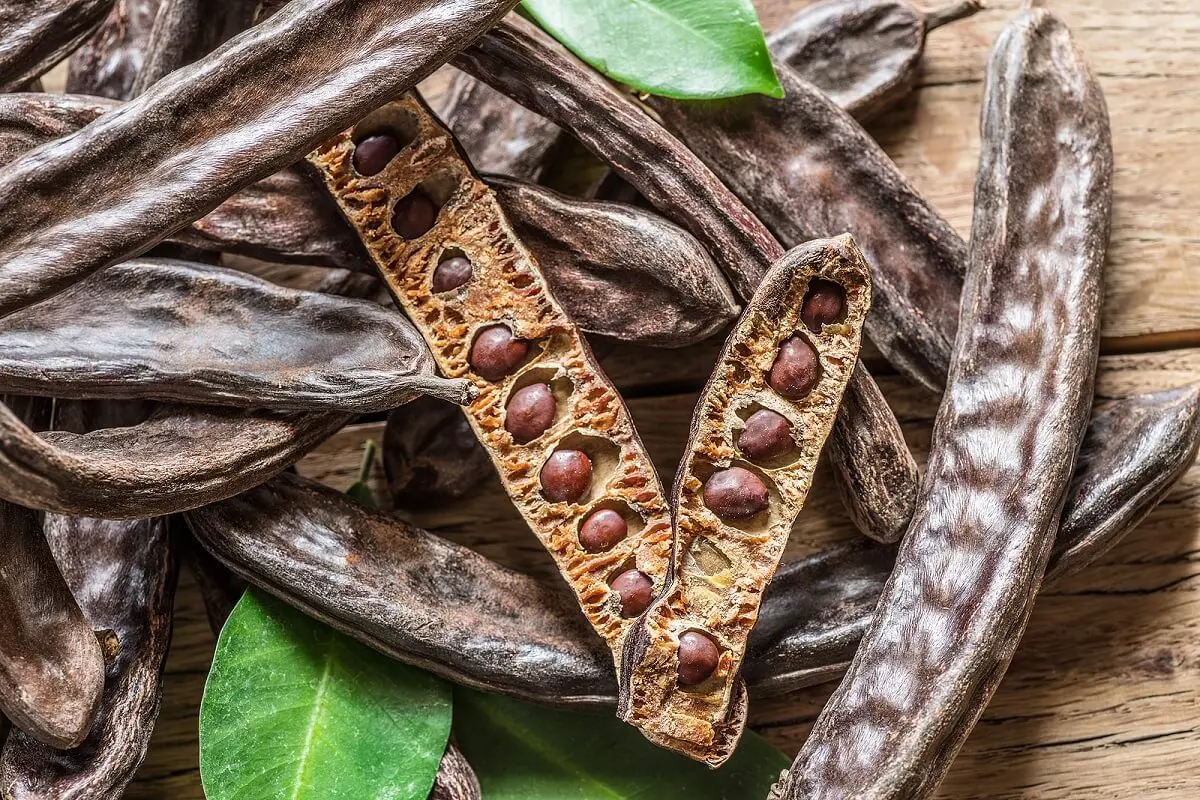
Ingredients
- 1 tablespoon carob powder (10 grams).
- 2 cups of water (250 milliliters).
Instructions
- Pour the carob powder into two cups of boiling water.
- Let it steep for 10 minutes until it reaches a temperature suitable for consumption.
- Drink the infusion once a day.
Recommendations for the safe consumption of astringent infusions
The consumption of astringent infusions for diarrhea is generally safe for most people. As a remedy taken on an ad hoc basis, in moderate amounts, it doesn’t usually produce side effects.
However, experts recommend that you avoid its use in the following cases:
- Young children
- During pregnancy and lactation
- In patients with hepatic or renal diseases
- People under treatment with anticoagulants, antidiabetics, antidepressants, among other drugs.
Since herbs can interact with drugs or supplements, it’s necessary to consult a doctor before proceeding with their consumption. Sometimes the action or potency is inhibited. Both cases carry health risks.
Read also: 5 Remedies for Diarrhea You Need to Know
What to remember about astringent infusions for diarrhea?
The tannins contained in some medicinal plants can be used in infusions to accelerate the relief of diarrhea. Even so, these beverages shouldn’t be a first choice treatment against this symptom. It’s necessary to establish its cause in order to opt for more effective therapeutic measures.
The physician may suggest dietary changes, consumption of oral rehydration drinks, and rest in order to overcome this problem. If necessary, treatment may include antidiarrheal drugs.
[/atomik-in-text].The infusions should be merely complementary.
All cited sources were thoroughly reviewed by our team to ensure their quality, reliability, currency, and validity. The bibliography of this article was considered reliable and of academic or scientific accuracy.
- Romm, A., Ganora, L., Hoffmann, D., Yarnell, E., Abascal, K., & Coven, M. (2010). Fundamental Principles of Herbal Medicine. In Botanical Medicine for Women’s Health (pp. 24–74). Elsevier. https://doi.org/10.1016/b978-0-443-07277-2.00003-9
- Han X, Jiang H, Zhang D, Zhang Y, Xiong X, Jiao J, Xu R, Yang M, Han L, Lin J. A Novel Quantitative Prediction Approach for Astringency Level of Herbs Based on an Electronic Tongue. Pharmacogn Mag. 2017 Jul-Sep;13(51):492-497. doi: 10.4103/pm.pm_455_16. Epub 2017 Jul 19. PMID: 28839378; PMCID: PMC5551371.
- Szczurek A. Perspectives on Tannins. Biomolecules. 2021 Mar 16;11(3):442. doi: 10.3390/biom11030442. PMID: 33809775; PMCID: PMC8002309.
- Chung KT, Wong TY, Wei CI, Huang YW, Lin Y. Tannins and human health: a review. Crit Rev Food Sci Nutr. 1998 Aug;38(6):421-64. doi: 10.1080/10408699891274273. PMID: 9759559.
- Esteban Carretero J, Durbán Reguera F, López-Argüeta Alvarez S, López Montes J. A comparative analysis of response to vs. ORS + gelatin tannate pediatric patients with acute diarrhea. Rev Esp Enferm Dig. 2009 Jan;101(1):41-8. English, Spanish. doi: 10.4321/s1130-01082009000100005. PMID: 19335032.
- Verma R, Gangrade T, Punasiya R, Ghulaxe C. Rubus fruticosus (blackberry) use as an herbal medicine. Pharmacogn Rev. 2014 Jul;8(16):101-4. doi: 10.4103/0973-7847.134239. PMID: 25125882; PMCID: PMC4127818.
- Zia-Ul-Haq M, Riaz M, De Feo V, Jaafar HZ, Moga M. Rubus fruticosus L.: constituents, biological activities and health related uses. Molecules. 2014 Jul 28;19(8):10998-1029. doi: 10.3390/molecules190810998. PMID: 25072202; PMCID: PMC6271759.
- Vaneková Z, Rollinger JM. Bilberries: Curative and Miraculous – A Review on Bioactive Constituents and Clinical Research. Front Pharmacol. 2022 Jun 29;13:909914. doi: 10.3389/fphar.2022.909914. PMID: 35847049; PMCID: PMC9277355.
- Ferlemi AV, Lamari FN. Berry Leaves: An Alternative Source of Bioactive Natural Products of Nutritional and Medicinal Value. Antioxidants (Basel). 2016 Jun 1;5(2):17. doi: 10.3390/antiox5020017. PMID: 27258314; PMCID: PMC4931538.
- Srivastava JK, Shankar E, Gupta S. Chamomile: A herbal medicine of the past with bright future. Mol Med Rep. 2010 Nov 1;3(6):895-901. doi: 10.3892/mmr.2010.377. PMID: 21132119; PMCID: PMC2995283.
- Sebai H, Jabri MA, Souli A, Rtibi K, Selmi S, Tebourbi O, El-Benna J, Sakly M. Antidiarrheal and antioxidant activities of chamomile (Matricaria recutita L.) decoction extract in rats. J Ethnopharmacol. 2014 Mar 14;152(2):327-32. doi: 10.1016/j.jep.2014.01.015. Epub 2014 Jan 22. PMID: 24463157.
- Amabeoku, G.. (2009). Antidiarrhoeal activity of Geranium incanum Burm. f. (Geraniaceae) leaf aqueous extract in mice. J Ethnopharmacol. 123. 190-3. 10.1016/j.jep.2009.02.015.
- Goulas V, Stylos E, Chatziathanasiadou MV, Mavromoustakos T, Tzakos AG. Functional Components of Carob Fruit: Linking the Chemical and Biological Space. Int J Mol Sci. 2016 Nov 10;17(11):1875. doi: 10.3390/ijms17111875. PMID: 27834921; PMCID: PMC5133875.
This text is provided for informational purposes only and does not replace consultation with a professional. If in doubt, consult your specialist.








